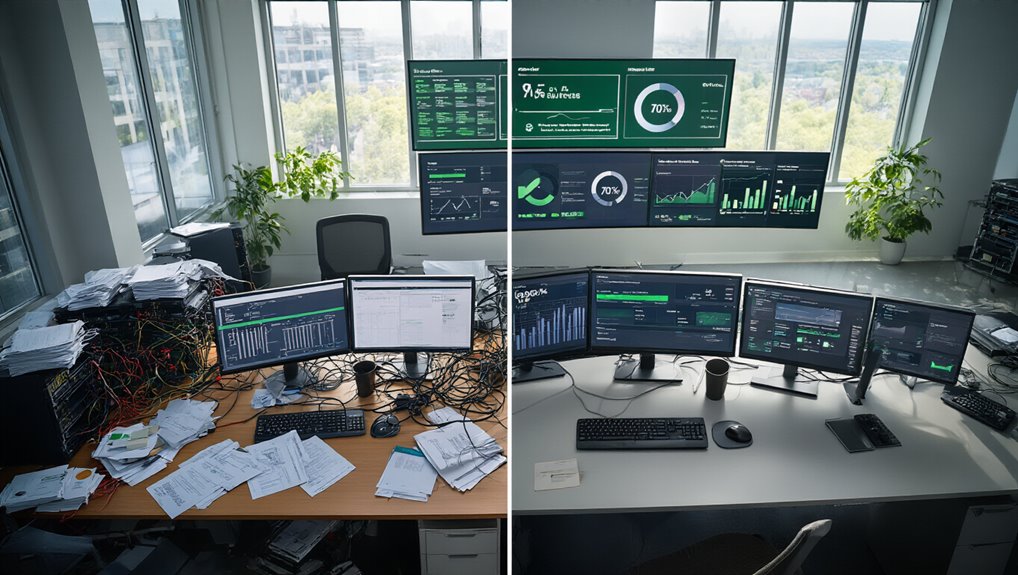While organizations continue to invest heavily in IT Service Management (ITSM) frameworks, many fail to achieve ideal results due to fragmented service delivery approaches. Siloed IT processes create inconsistent service quality across departments and increase the likelihood of gaps in critical management areas. This fragmentation ultimately leads to misaligned priorities, trapped information, and slower incident response times that directly impact the bottom line.
Organizations facing inefficient incident response struggle with real-time collaboration during critical events. Manual handoffs between isolated teams delay resolution and increase business disruption costs. Traditional request-response models simply cannot keep pace with today’s dynamic business environment, leaving companies stuck in reactive rather than proactive management postures. Integrated systems, by contrast, enable automated visibility for faster incident diagnosis and resolution. The integration of Generative AI capabilities has emerged as a prominent trend that can significantly enhance incident response efficiency.
The disconnect between IT performance and organizational goals becomes problematic when services operate in isolation. Modern ITSM success is increasingly measured by business value rather than technical metrics alone. Without integration, organizations cannot effectively forecast and prevent issues affecting business continuity, nor can they adapt ITIL processes to deliver measurable business impact. End-to-end visibility through service integration guarantees tighter alignment with business imperatives. Companies implementing standardized frameworks can better align their processes with industry best practices and enhance regulatory compliance management.
Security risks multiply in non-integrated environments. Fragmented identity management increases vulnerability to unauthorized access, while inconsistent security policies complicate compliance efforts. Only 52% of IT leaders prioritize automated response to recurring issues, yet this capability depends entirely on integration. Similarly, the potential for AI-driven predictive analytics remains largely untapped when data remains siloed.
Asset management suffers considerably from disconnection. Organizations experience incomplete inventory tracking, compliance gaps, and financial waste without integrated systems. Real-time visibility across hybrid environments requires thorough integration, as does effective lifecycle management and cost optimization. Approximately 30% of organizations still track IT assets manually, creating significant security and compliance vulnerabilities.
Without addressing these integration challenges, organizations risk jeopardizing their entire ITSM investment and limiting their ability to deliver the responsive, efficient IT services that modern businesses demand.









